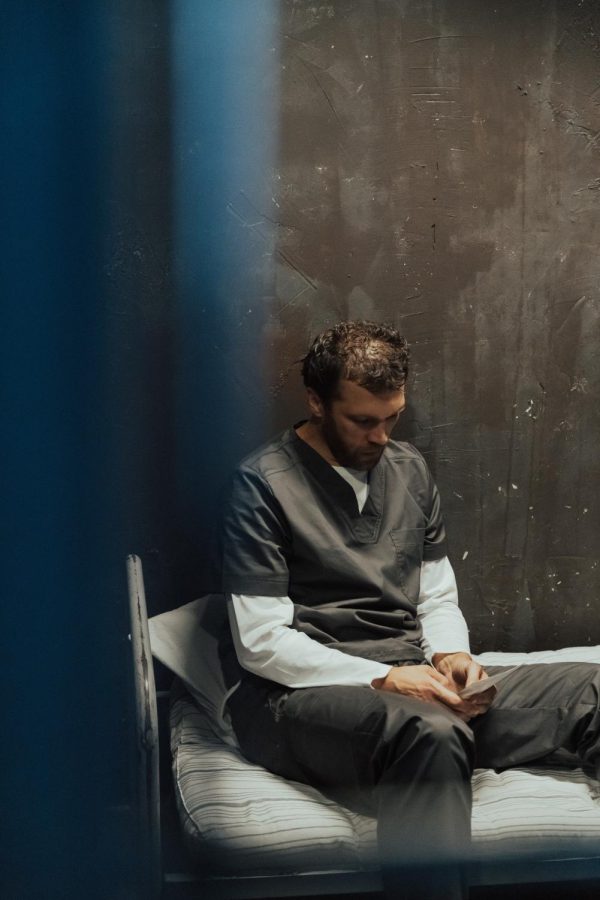Missouri executes man whose innocence seemed possible
At 6:16 pm on February 7th, 2023, Raheem Taylor was pronounced dead. He died of a lethal injection administered at the Bonne Terre State Prison. It was the 3rd such execution in the state of Missouri since November, and the nation’s 5th execution already this year. What makes Taylor’s case so interesting is that he continued to claim innocence up until the very end.
In 2008 Mr. Taylor was convicted for the 2004 quadruple homicide of his then-girlfriend, Angela Rowe, and her three children in Jennings, Missouri, located just 12 miles from St. Louis. Taylor claims that at the time of the murders he was nearly 2,000 miles away in California. The fact that Mr. Taylor made this flight is indisputable and known as fact.
On the morning of Friday, November 26, 2004, Taylor could be seen on several security cameras at St. Louis Lambert National Airport, sporting a pink shirt, dark pants, a cream-colored hat and carrying two black bags on his way to his flight to Ontario, California at Gate 16. Raheem was planning to meet his 13-year-old daughter, Deja, for the first time, which he did in fact do. In fact, Taylor, Deja, and Deja’s mother all claim that while Mr. Taylor was in California he put Deja on the phone with both Ms. Rowe and one of her daughters. This, if true, would alleviate Raheem of any possible wrongdoing, but it was never taken as serious evidence by the prosecution.
The bodies of Angela Rowe and her three children were discovered by Police at around 6 p.m. on Friday, December 3rd, 2004, after Rowe’s children had not been seen at school all week and the extended family feared the worst. All four victims were covered in blankets with a single gunshot wound to the head. At the scene of the crime, an investigator from the medical examiner’s office, Joseph Lebb, determined that the body of Rowe was in rigor mortis (which can last from approximately 2 – 24 hours after death) and was in the early stages of decomposition.
Outside the house, Rowe’s sister, Gerjuan, told police that the last time she had seen her sister had been last Saturday, the 27th, a full day after Raheem Taylor had taken his flight westward towards California. The following day the bodies were examined and autopsied by coroner Phillip Burch who reported that the victims had been dead for at least a day, but no longer than a week. Raheem Taylor had been out of Jennings for 8 days, nevertheless, he was arrested on December 9th in Kentucky for the murders. The police never pursued any other suspects.
Raheem Taylor had a checkered past to be sure. He had a history of violence, and petty crime, and had spent time in California jail for rape. Still, he had never killed a man, let alone a mother and her three young children. Nevertheless, the police fixated on Mr. Taylor as the one and only possible suspect. In him, they found someone with a list of priors that the larger public would have a hard time sticking up for. For whatever reason, whether it be sloth, racism, ineptitude, or corruption, the police were convinced he was the one. They were so convinced in fact, that they had to manufacture their own evidence.
The prosecution’s case rested on a statement given by Perry Taylor, brother of Raheem, who was arrested two different times in the St. Louis Police Department’s attempt to get him to cooperate, first in New Jersey and the second time back in St. Louis. Perry claims that when arrested in New Jersey he was pulled out of his truck and was physically abused by the arresting officers. In St. Louis, he said that several officers pulled firearms on him and forced him into the back of a police car. Perry Taylor also claimed that at least one of the cops made a threat toward his mother, who was disabled and lived alone. The cops did search her house for any sign of Raheem, in a way that Perry deemed “unnecessary harassment.”
The police eventually did get a statement that fit their story, when after a 3 hour interrogation (which was cut down to a series of clips equaling less than 8 minutes long when shown to the jury in the subsequent trial) Perry told investigators that he had received a call a day or two before Thanksgiving in which his brother told him that he had killed Angela Rowe and her children. When reflecting on this statement two years later Perry said, “Anything I told the police in that video was all coerced…”
Despite the dubious circumstances under which Perry’s statement was obtained, it was still used as the primary evidence of Raheem Taylor’s supposed guilt, alongside testimony by the coroner (who changed his report several years after the fact in order to line up the timeline better for the prosecution). When the trial began, the result was never felt in doubt. The system had its man. Raheem Taylor was going to be named guilty, true or not.
Taylor’s case is but a footnote in the history of the American justice system, but it is one that represents it well. For a system that has long placed retribution over rehabilitation, a swift trial and the death penalty were the only valid forms of punishment fit for Mr. Taylor. Even if he did the crime (which because of the lack of solid evidence described previously, we doubt) there was no valid reason to execute him in the manner that the state of Missouri did.
America has favored Hammurabi’s Code for far too long. It is time as a country, as a people, that we move away from the death penalty and away from our eye-for-an-eye mantra. For the sake of the 1,564 men and women executed since 1970, some innocent and others guilty, it is time we make a change.









